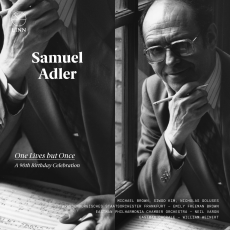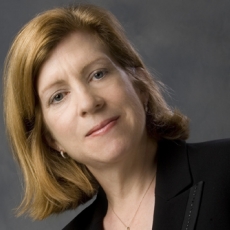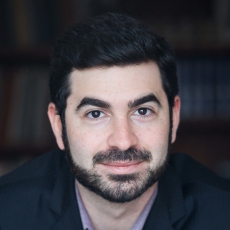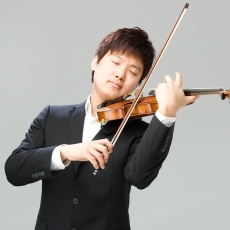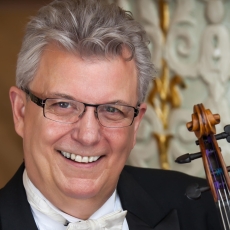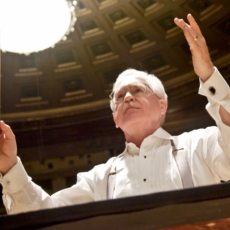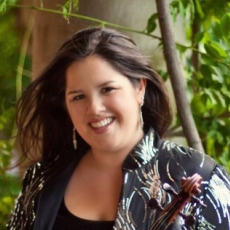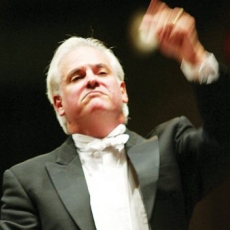Adler - One Lives but Once: A 90th Birthday Celebration - American Record Guide
This set is a 90th birthday celebration for my Eastman professor Samuel Adler (b. 1928). I studied with Sam in the 70s when American serialism was at its height. Like many composers, he began with influences of prominent mid-century Americana (particularly Copland and Piston, whom he studied with at Harvard). He has always been open to various styles, but his music also reflects his German heritage and his devout Judaism. He insists on whatever is necessary for each piece and is not intimidated by fashionable styles, though he does not avoid them, perhaps as a result of his academic standing over the years. His major works tend toward a robust modernism with substantial dissonance and a sense of humor. Here we have 10 pieces: 2 symphonies, 4 concertos, and 4 choral pieces.
Several early works reflect Americanist styles of the 50s. Symphony 1 (1953) shows the influence of his studies with Piston. Copland was a clear but not overwhelming presence, especially in the early symphonies with their echoes of Billy the Kid and Rodeo. His taste for Neoclassicism resulted from his study with Hindemith.
Symphony 2 (1957) is built on a melody composed by his Cantor father, whose loss is felt in the moving II. But even that doesn’t diminish Adler’s omnipresent optimism.
The set skips to music of more recent vintage, from the 80s to the present day (he remains active, with no signs of slowing down). The midcareer Piano Concerto 1 (1983) opens with bird song (nod to Messiaen?) followed by Bartok’s influence. Adler used serialism to shape his melodic lines (don’t worry, Webern is nowhere to be found). The beautiful II is based on a lullaby written by his father after his mother died. There is plenty of knuckle-breaking virtuosity, skillfully played by Mr Brown. Stravinsky makes his appearance as an influence in the Concerto For Woodwind Quintet and Orchestra (1991) with its dance sonata form in I and waltz in III. The beautiful quasi-tonal slow movement becomes positively celestial.
Man Lives but Once (2005) is a suite of five pieces opening with a ‘Rumble’ recalling West Side Story (Bernstein was a supporter); there is an amusing stumbling waltz, a typical changing meter dance, a neo-tonal and very British pastorale, and a brisk Tarantella to close.
Ports of Call (1992) for two violins and guitar, is a suite depicting memories of European places he visited (Marseille, Alexandria, Salonika, Haifa, and Valencia, with echoes of the locales).
His newfound romance with the guitar continues with Into the Radiant Boundaries of Light (1993), a three-movement suite for violin and guitar, opening with a joyous dance with waltz interruptions. There is an expressive slow movement, and it ends with lyrical joy. The Guitar Concerto (1994) opens with a serial gigue, but the slow movement indulges in microtones in a horn passage (shofar reference?). The work closes with a typically vivacious dance.
The recent Violin Concerto (2013) begins with long-lined romanticism, followed by more bird song, and continues with a movement-long cadenza. It ends with a skipping dance (the violin was Adler’s instrument). The final work on the program is 5 Choral Scherzi (2009), for viola, guitar, and chorus, which brings together the instruments he’s worked with recently. The combination with chorus is decidedly unusual. Texts are from various sources but all are lighthearted—clearly the composer’s genuine nature. All told, this is an impressive release celebrating an extraordinary musical life. He has written more than 400 works in all possible genres, all with his well-adjusted attitude toward life, which has served as an inspiration for so many students. For an invaluable portrait, see his memoirs, published under the title Building Bridges with Music: Stories from a Composer’s Life (N/D 2017). The book contains a complete list of his students, some of whom are well known.
